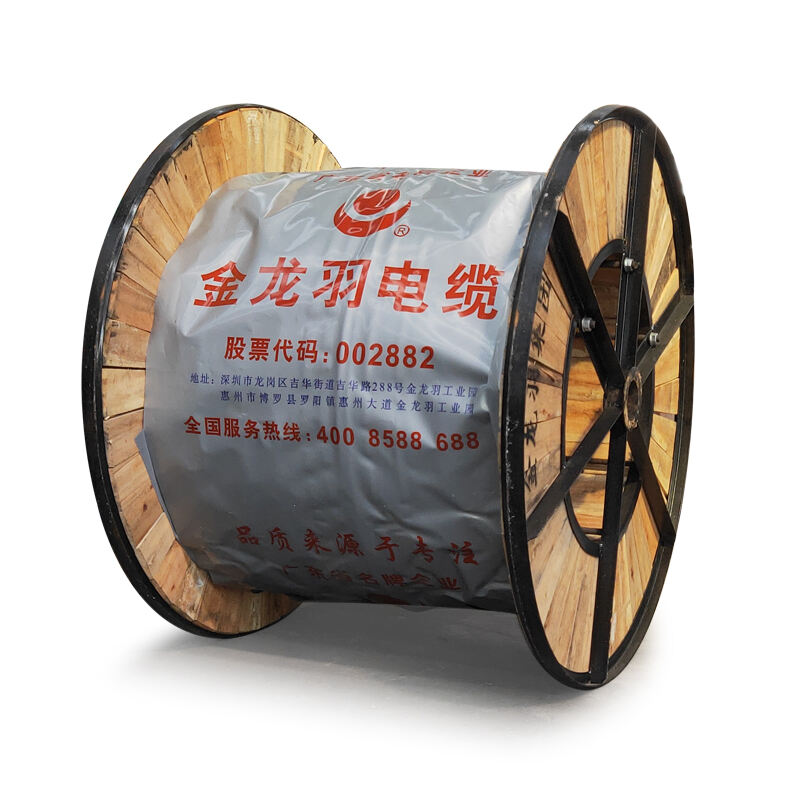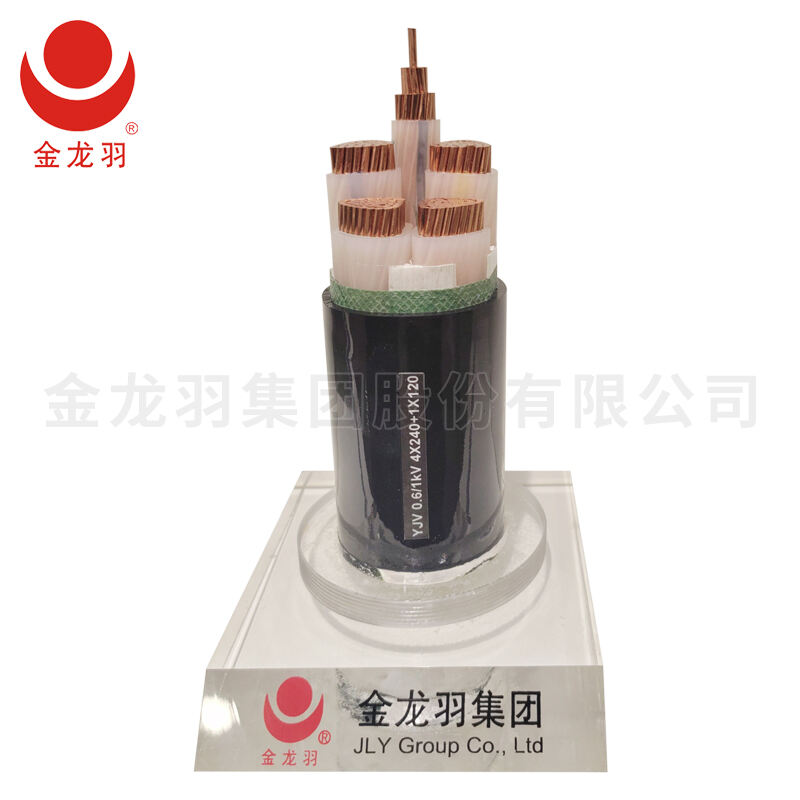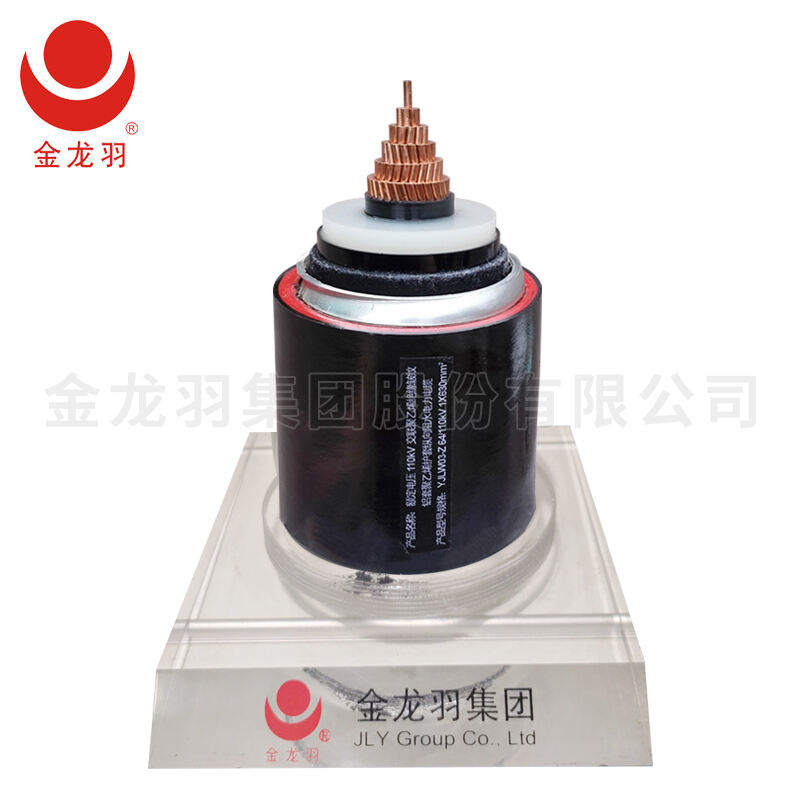הבנת ההבדלים בין כבלים בעלי ביצועים מתקדמים לבין כבלים מיוחדים עוזרת בבחירת האפשרות הנכונה לצרכים ספציפיים, וחברת ווידונג מציעה את שני הסוגים כדי לספק מגוון רחב של שימושים. כבלים בעלי ביצועים מתקדמים נועדו לספק תוצאות מיטביות במבחנים כלליים כמו מוליכות, קיימות ויעילות, ולכן הם מתאימים לשימושים דורשניים אך לא מיוחדים – לדוגמה, כבלים מנחושת בעלי מוליכות גבוהה שמפחיתים אובדן אנרגיה בהעברת חשמל. לעומת זאת, כבלים מיוחדים פותחו לסביבות או פונקציות ייחודיות, כמו כבלים מינרליים בעלי התנגדות אש לאזורים מסוכנים או כבלים לפוטוולטאי עם הגנה מפני קרינת UV לשימוש במערכות סולאריות, במטרה להתמודד עם אתגרים ספציפיים שעלולים שלא להיפתר על ידי כבלים בעלי ביצועים מתקדמים. בהשוואה בין כבלים בעלי ביצועים מתקדמים לבין כבלים מיוחדים, כבלים בעלי ביצועים מתקדמים מרכזים על שיפור תכונות סטנדרטיות, בעוד שכבלים מיוחדים priorize תכונות ייחודיות כמו עמידות כימית או פליטת עשן מזערית. גם הכבלים בעלי הביצועים המתקדמים וגם הכבלים המיוחדים של ווידונג עומדים בדרישות איכות קפדניות, אך הבחירה תלויה בפרויקט: כבלים בעלי ביצועים מתקדמים לשימוש כללי עתיר דרישה, וכבלים מיוחדים ליישומים עם דרישות סביבתיות או ביטחוניות מיוחדות, תוך וודאות לביצועים מיטביים בכל מקרה.


